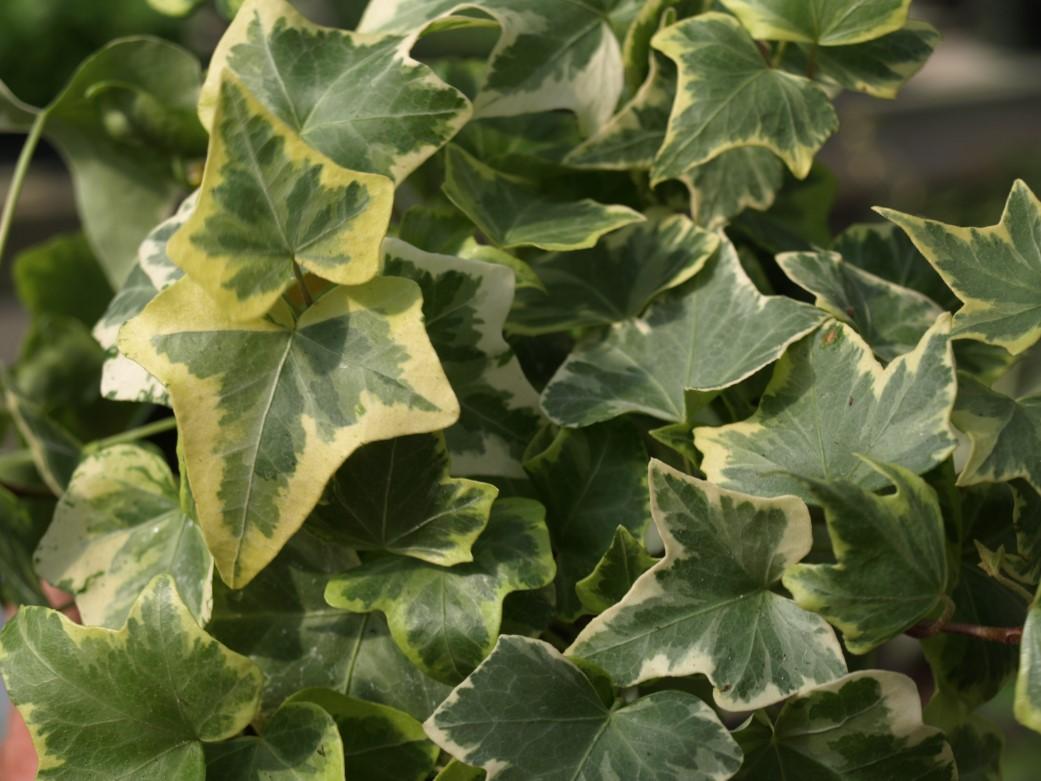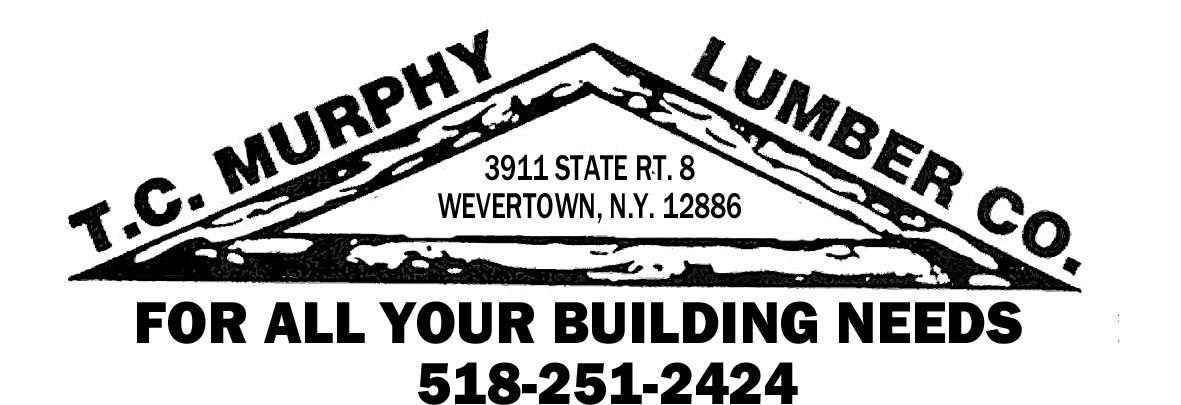
6 minute read
The Unwelcome House Guest: Brown Marmorated Stink Bug
The Unwelcome House Guest: Brown Marmorated Stink Bug - A Guide for Residents, Property Managers, and Pest Management Professionals By: J. Gangloff-Kaufmann, New York State Integrated Pest Management Program, Cornell University
When first detected in western Maryland in 2003, most people had never heard of the brown marmorated stink bug (BMSB), also known as Halyomorpha halys. This newcomer is thought to have been accidentally introduced from Asia into the Allentown, PA area during the mid 1990s. Since that time, populations have soared in the mid-Atlantic states, resulting in extensive crop damage. The BMSB is also attracted, often in large numbers, to buildings because they provide safe winter hiding spots. It is expected that the range of this invasive pest will grow. Within a few years, New Yorkers could be dealing with large numbers of BMSBs. This article provides tips for dealing with structure-invading BMSBs.
Advertisement
The shield-shaped adults are ⅝ to ¾ inch (17mm) long with grayish-brown speckling on the top and bottom. There are bands of light and dark along the edges of the body, giving this insect the description of “marmorated”. Light bands on antennae and legs are found on both adults and young (nymphs). Adult females lay clusters of 20-30 round light to orange-colored eggs on the undersides of leaves. The nymphs are between 1∕16-½ inch (2mm and 12mm) long. Nymphs have no wings and do not fly. They are tear-drop shaped and colored more brightly than adults, with a black and orange pattern and red eyes. There are five nymph stages (instars) that range in size from ⅛ inch to ½ inch (3mm to 12mm). It has been observed that the BMSB is limited to one generation per year in cooler northern parts of the Northeast. However in coastal areas there may be two during favorable seasons.
Brown marmorated stink bug adults emerge in April-May to mate and lay eggs through the summer. Nymphs hatch and begin to feed on juices from leaves and fruits. As numbers of BMSBs increase regionally, damage to commercial fruit production is expected. BMSB adults begin to seek protected hiding spots for overwintering. They are attracted to host trees close to structures and find gaps for entry into structures for winter protection. ple become alarmed at the large numbers that invade their homes (and even hotel rooms). This insect cannot reproduce indoors, cause structural damage, or bite. They can produce unpleasant odors in large numbers.
What to do?
If a single or few BMSBs are found indoors, the best thing to do is to vacuum them or remove them without crushing them. Belonging to the group “stink bugs”, BMSBs will give off an unpleasant pungent smell if crushed. In the spring steps should be taken to build them out.
Commonly, hundreds or thousands of BMSBs invade a home without the resident noticing. During the winter, warmth inside will draw the bugs out from under base molding, window/door trim, or ceiling vents. They will fly around the home attracted to the light outdoors. If a structure has previously become inundated with large numbers of BMSB it is a good idea to try and locate entryways. It might be a gap along a door or window frame, the chimney, or eaves.
It is not recommended that homeowners use aerosol or total release fogger insecticides for BMSBs indoors. Foggers used in living areas will not prevent the emergence of more BMSBs. Even application of dust insecticides to wall voids and the attic is not advisable. The bugs will die indoors and remain there. In large numbers this could produce a terrible smell and may eventually result in an infestation of carpet beetles or other scavengers. Instead, vacuum up the bugs you see including in accessible attics. Note spots where BMSBs have come out into living spaces and seal those openings with caulk or sealant.
Build them out - The best way to deal with BMSBs entering the home or building is to make sure they don’t find a way in. Check the outside of the structure around
windows and doors, looking for openings. Seal gaps with weather-proof sealant. Check the area under the siding near the sill plate (top of foundation). Brush away any debris and check for gaps. These must be sealed as well to build out this and all other pests. Make sure screens are in good shape; even small openings will allow pests in. Take air conditioners out of windows in early September or as soon as possible. The gaps and openings around an air conditioner are ideal for BMSB entry. In wallmounted air conditioners cover them as early as possible to prevent BMSB access. Check the attic eaves from the inside on a sunny day—looking for openings (you will see sunlight). These openings must be sealed but this can be done from outside. Permanent fixes (as replacing deteriorated materials) are always better than temporary ones (such as stuffing a gap with steel wool).
Time your actions - The timing of the BMSB life cycle in New York is unclear and probably varies from downstate to upstate. However, the BMSB is thought to begin seeking overwintering sites earlier than other fall homeinvading pests, such as Asian ladybeetle and cluster flies. Adults begin to move from host plant to host plant toward structures. They are attracted to landscape shrubs including holly, crabapples and other fruiting and seedproducing plants. For severe BMSB infestations, the building and its vicinity may be treated once the insects are seen in the surrounding landscape, usually late August or early September. Use only insecticides labeled to control BMSB and for use in structures and the perimeter. Have a pest management professional treat the outer structure first and in detail. The PMP should treat eaves, soffits, roof ridge vents, flashing, chimneys, louvered vents, and around windows and doors. After treating the structure, treat the landscape shrubs to kill BMSBs. Follow all label directions. This method will not prevent future problems. An emphasis on building the bugs out is recommended for long-term control.
Beware of impostors!

Western conifer seed bugs stray indoors for overwintering sites but in low numbers. Boxelder bugs may appear in large numbers when there is a boxelder tree next to the house. Both can be confused with brown marmorated stink bugs.
A few other stink bugs very closely resemble the BMSB with their shield shape and brown mottled color. These may be hard to distinguish without help.
The brown stink bug is very similar in appearance to BMSB but is less common in the northern US. Look for white banding on antennae and tarsi to identify the BMSB. The dusky stink bug has distinctly pointed “shoulders” (the pronotum) and no white banding. The four-humped stink bug has a longer, more irregularly shaped body and no white banding. These three species of stink bugs can cause damage to crops but are not known to be nuisance pests of structures.
The leaves are falling all around,— Reluctant, waveringly they fall!... Time's annual shades are gathering, And winter's coming step I see!... We hear, but heed not, nature's knell; We see, but mark not, time's decay; We cling to pleasure's flowery spell, Till ev'ry leaf has dropped away. ~Caroline E. Richardson, "Stanzas, Written in October," c.1832
(Continued from page 11)
Herbs can be dried by:
•Oven Drying •Air-drying •Microwave Drying •Dehydrator
Storing Herbs
Store dried herbs and seeds in airtight containers in a cool, dry, dark area away from moisture. Storing them near the stove, sink, or windowsill is not recommended. Most dried herbs keep well for one year. Storing herbs whole is preferred because the herb holds its oil retaining its flavor longer, but they can be stored whole or crushed. Dried herbs can be stored in the refrigerator or freezer by placing in freezer jars or wrapping in heavyduty aluminum foil—to avoid odor transfer. Be careful when removing them from cold storage to a warm area so that condensation does not form, and the herbs do not absorb moisture.






